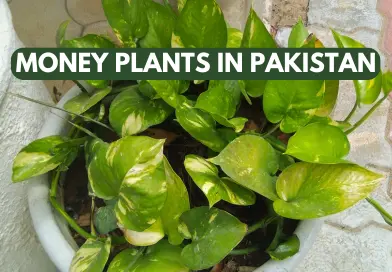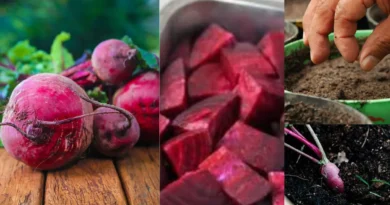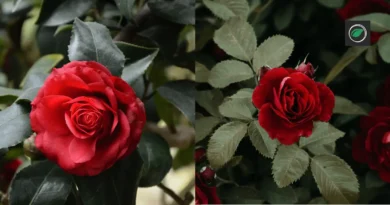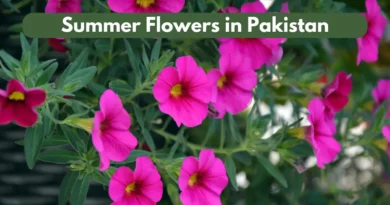منی پلانٹ Different Types of Money Plants in Pakistan-2024
Exploring the Different Types of Money Plants in Pakistan
Money plants are popular in homes throughout Pakistan because of their eye-catching green leaves and unique symbolism. These plants have traditional and cultural importance in addition to being visually beautiful. In this article, we will look at the huge world of money plants, primarily focusing on the Different Types of Money Plants in Pakistan
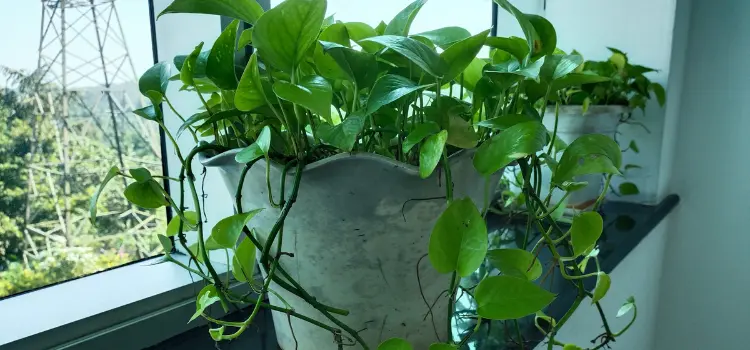
Table of Contents
Introduction to Money Plants
Money plants, also known scientifically as Epipremnum aureum. Money plants are like green buddies for your home! They have cute heart-shaped leaves and vines that hang out. Whether you put them in your house or at work, money plants make everything feel comfy and nice. There are different types of money plants in Pakistan for both inexperienced and seasoned gardeners since they require little maintenance.
Different Types of Money Plants in Pakistan
Pothos (Epipremnum aureum):
Pothos is a popular and adaptable money plant known for its unique characteristics and ease of maintenance. Pothos is a great option for those with less gardening knowledge because it’s low maintenance. For best results place the plant in indirect sunlight and only water when you see the upper surface of soil dry. Pothos has air-purifying qualities which make the indoor atmosphere healthier.
Jade Plant (Crassula ovata):
The Jade Plant looks really cool! It has thick, shiny leaves that are like tiny jade gems. Jade plant has shape like a little tree, and the leaves are smooth and round. The color is a bright green, making it super fresh and lively.
This plant is a great way to add some distinctive style and a little bit of nature within your house. It is a great addition. Jade Plants prefer bright, indirect light and infrequent watering to thrive.
Marble Queen (Epipremnum aureum ‘Marble Queen’):
Marble Queen is a variety of Pothos which has green and white marbled pattern leaves. The Marble Queen stands out from other houseplants because of its glossy leaf and beautiful color.
Its trailing vines and lush growth habit further enhance its visual appeal, making it a popular choice for indoor decoration. Overall, the Marble Queen is a stunning plant that adds beauty and charm to any room with its distinctive appearance.
Money Tree (Pachira aquatica):
The money tree is a fascinating plant with a distinctive appearance. It usually has a canopy of leaves formed by thick, green foliage and a braided trunk. The glossy leaves frequently include five leaflets grouped in a palmate pattern.
The shape of the money tree looks like a miniature tree. Overall, the money tree’s unique appearance make it a popular choice for indoor decoration.
Chinese Money Plant (Pilea peperomioides):
The Chinese Money Plant has a unique appearance that distinguishes it from other indoor plants. The most unique feature of Chinese money plant is its round leaves. The Chinese Money Plant’s leaves form a beautiful circular design.
Overall, the Chinese Money Plant’s unique leaf shape and growth habit make it a charming addition to any indoor space.
Lucky Bamboo (Dracaena sanderiana):
Lucky Bamboo is not a bamboo but a type of Dracaena. The lucky bamboo stems form spirals or curls which gives them a fancy appearance. The beautiful color of the stems and leaves makes it look fresh indoors.
Lucky bamboo is grown in water with decorative rocks or other stones to improve the aesthetic. Lucky Bamboo is also popular because of its low maintenance.
Spider Plant (Chlorophytum comosum):
The Spider Plant has long, arching leaves that resemble spider legs, giving it its distinctive name. These leaves are typically narrow and ribbon-like, with a central stripe of green surrounded by white or yellow margins.
A cascading effect by the foliage that softly tumbles out from the center of the plant. Spider Plants often produce small white flowers on long stems.
Their vibrant green color and dynamic growth habit, Spider Plants are a popular choice for hanging baskets or as trailing accents in indoor gardens.
ZZ Plant (Zamioculcas zamiifolia):
The ZZ Plant has thick stems that grow glossy, dark green leaves that grow upright and symmetrically. The Plant foliage is dense and compact, creating tropical atmosphere wherever it is placed. Its overall growth habit is compact and bushy, making it an good choice for tight spaces or corners. These plants are sophisticated additions to any space.
In conclusion, the Plant unique and striking appearance makes it a popular choice for both beginner and experienced plant enthusiasts alike.
Silver Pothos (Scindapsus pictus ‘Exotica’):
The Silver Pothos has a stunning appearance that adds elegance to any indoor space. Stunning silver marks that shine in the sun beautify its heart-shaped leaves. The silver variegation contrasts nicely with the leaves’ rich green background. The foliage gives its surroundings depth and dimension as it gracefully falls from hanging baskets or climbs up trellises.
In conclusion, the Silver Pothos’s unique appearance and low-maintenance nature make it a favorite among plant enthusiasts looking to elevate their indoor spaces with style and beauty.
Golden Pothos (Epipremnum aureum ‘Golden’):
The Golden Pothos’ heart-like leaves have a striking golden-yellow variegation that contrasts with the dark green background. The golden pothos is known for its rapid growth and hardiness. This plant thrives in sunny spots as well as low-light corners. In conclusion, this plant’s appearance and ease of care make it a popular and popular choice for indoors.
Growing Conditions and Care for Different Types of Money Plants in Pakistan
Sunlight Requirements
Money plants generally thrive in indirect sunlight. Placing them near windows with filtered light or in partially shaded areas ensures optimal growth. Direct sunlight may lead to leaf burn.
Soil and Watering
Money plants grow successfully in well-draining soil and if growing indoor in water then it is recommended to change water every week. When growing in the soil only water the plants when the upper surface of the soil is dry.
Pruning and Propagation
Regular pruning of money plants promotes new growth, keeps the plant neat, and prevents the buildup of dead or decaying foliage. Money plants can be easily propagate using stem cuttings.
Common Issues and Troubleshooting
- Yellowing Leaves
Yellowing leaves can be a sign of overwatering and when the plant is not receiving sufficient light it can cause yellowing of leaves. Watering according to the needs of the plant and placing the plant in bright light location can help solve this problem.
- Pests
Keep an eye on pests such as spider mites and aphids. Regularly inspect the leaves and treat any infestations promptly with organic pest control methods. You can use neem oil to control pests.
Conclusion
In conclusion, the world of money plants in Pakistan is diverse and fascinating. From the classic Pothos to the charming Jade Plant, these green beauties bring not only aesthetic pleasure but also positive energy and prosperity. Embrace the joy of nurturing these plants and witness the transformative impact they can have on your living spaces.
FAQs
Are money plants suitable for all indoor environments?
Money plants are adaptable and can thrive in various indoor environments. However, it’s essential to provide them with the right amount of light and avoid overwatering.
Can I keep multiple varieties of money plants together?
Yes, different varieties of money plants can coexist in the same space. Just ensure each plant receives adequate care based on its specific needs.
Do money plants require special fertilizers?
While money plants are not overly demanding, using a balanced, water-soluble fertilizer during the growing season can enhance their overall health.
How often should I prune my money plant?
Regular pruning helps maintain the shape and encourages healthier growth. Aim for light pruning every few months or as needed.
What is the significance of money plants in traditional beliefs?
Money plants are believed to attract wealth, prosperity, and positive energy, making them popular symbols in various cultural and spiritual practices.

